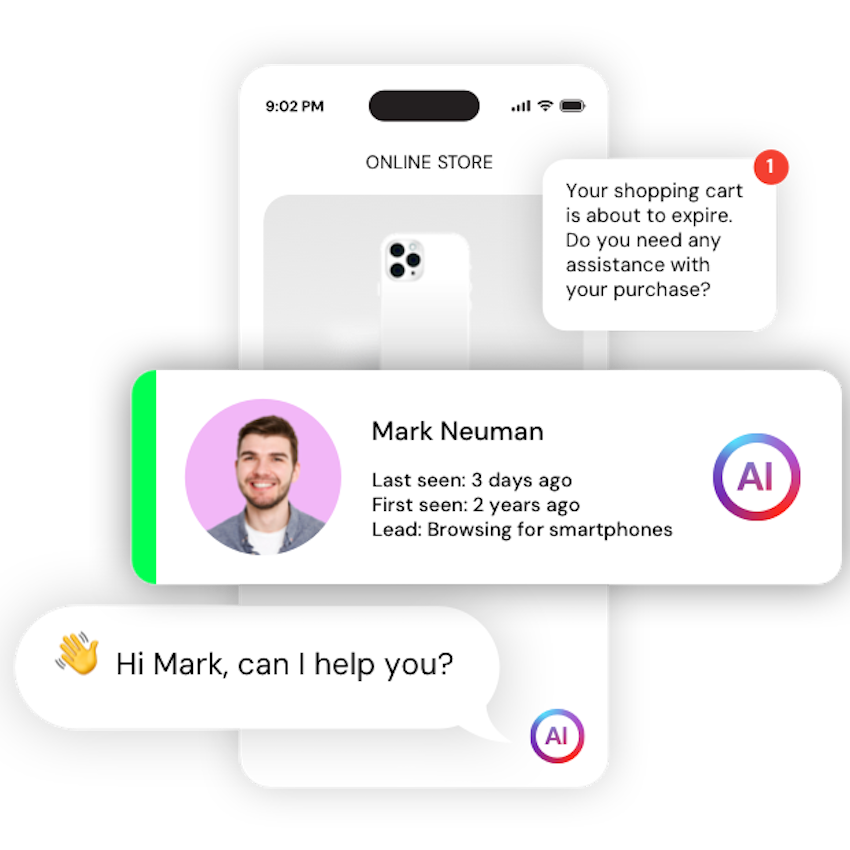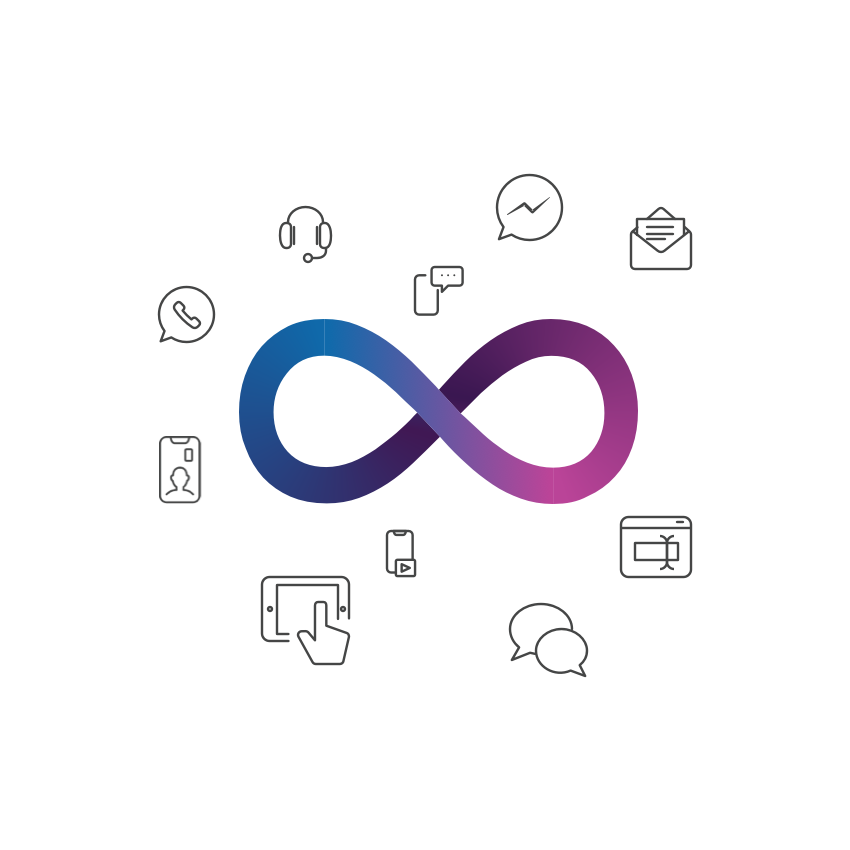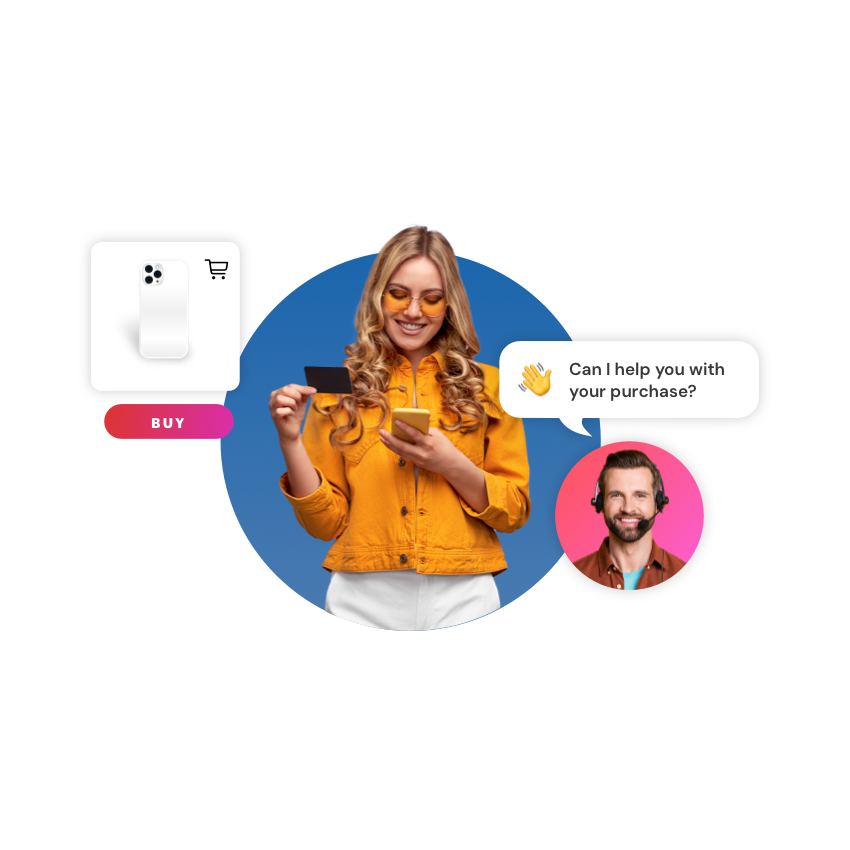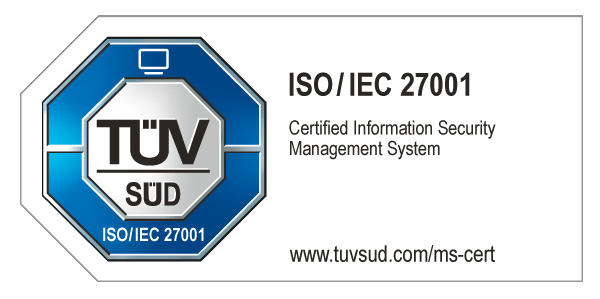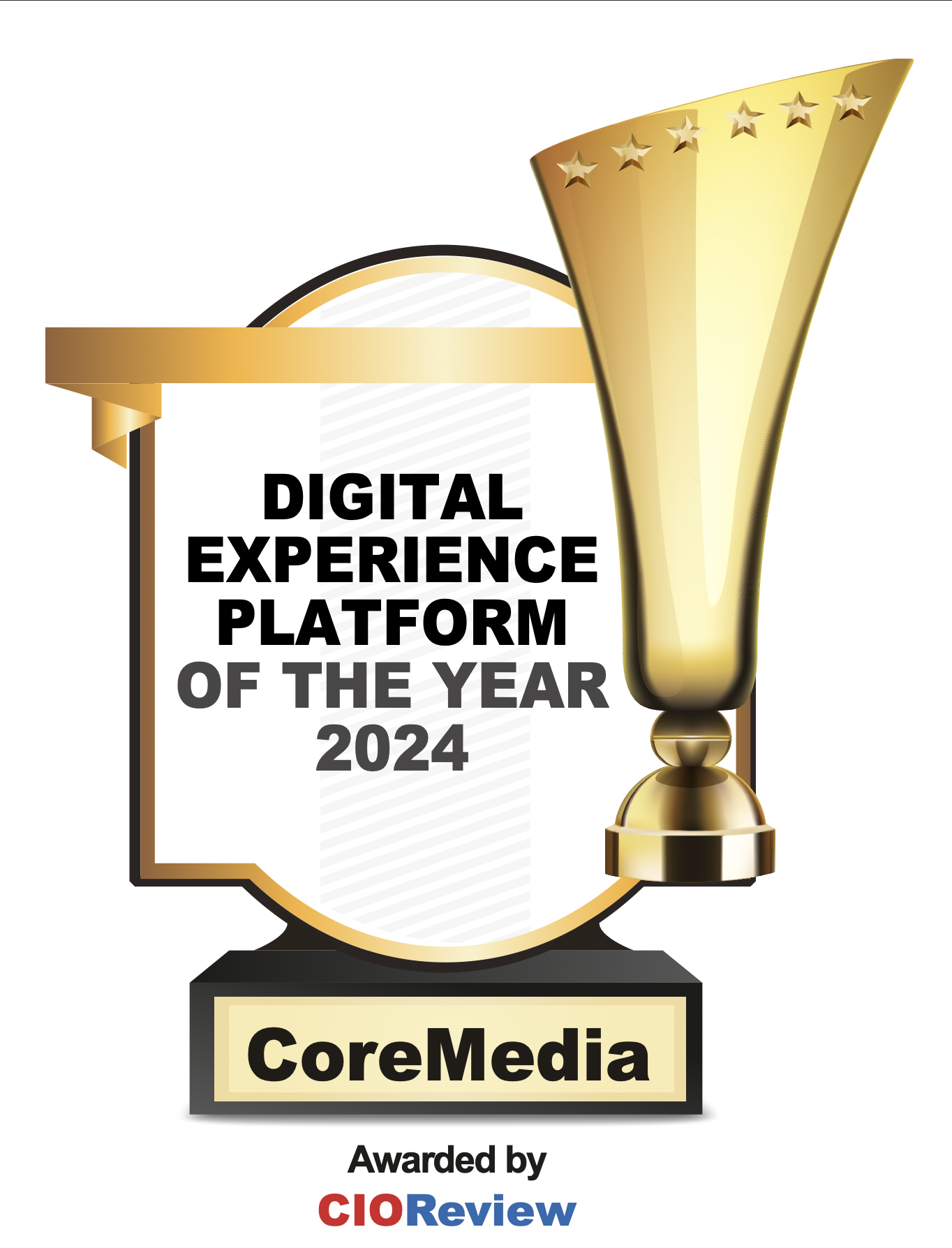A few weeks ago, we made our predictions for the future of the software industry in 2023. One of those predictions was that open source technology will become increasingly more popular.
Open source software may seem like any easy solution for any business. With a decentralized and collaborative format, they’re easy to use, highly accessible, and, best of all, free. Recent research has estimated that open source software already accounts for €65-95 Billion of European GDP.
When it comes to enterprise-level businesses, however, there are some important considerations and challenges that need to be taken into account, which can make open source solutions a poor fit. While open source options can provide a lot of flexibility, they also come with drawbacks that can make them unreliable (or even unsuitable) for certain use cases. Investing in the right Software as a Service (SaaS) solution may seem like a difficult decision to make, but it may be the most strategically valuable choice for enterprise-level businesses in the long run.
Open source vs. SaaS
One of the most significant advantages of open source is its ability to provide serious cost savings. Open source software is (generally) free and allows businesses to save money on expensive proprietary software licenses. They often include access to community forums, where users can ask questions and get help from developers and other users. The downside of using open source solutions is that they require technical expertise to set up and maintain, which can be difficult for companies with limited IT resources. Additionally, they often lack features or integrations compared to their commercial counterparts, which means companies may need to invest in custom development in order to get the features they need. They also lack urgency to fix bugs, or to work on performance improvements.
SaaS solutions offer several benefits that make them attractive options for enterprise-level businesses. First and foremost, SaaS applications are generally low-cost compared to traditional software purchases or licensing fees. Because they do incur a cost, vendors have great financial incentive to maintain their software at the cutting edge. As a result, SaaS applications typically include automatic upgrades so that companies can take advantage of new features without having to manually install updates or patches themselves.
SaaS Scalability
Another key benefit of SaaS is scalability; when using a SaaS application, companies only pay for what they need and are able to scale up easily without needing additional hardware or IT resources. This makes it easy for companies to adjust their services as their needs grow over time, without incurring huge start-up costs associated with buying new server hardware or software licenses at each stage of growth.
SaaS applications also provide reliability due to their cloud-based infrastructure, which ensures 24/7 access even during peak usage times or outages caused by hardware failure or problems with the local network connection. Cloud-hosting, in addition to simplifying workflows, provides performance improvements due to its distributed architecture, which allows data requests from different locations around the world and reduces latency across long distances.
You get what you pay for
When faced with deciding between an open source solution and a SaaS solution for an enterprise-level business, it is critical to weigh all the pros and cons. Open source solutions offer cost savings along with a degree of flexibility, but require technical expertise in order to maintain them properly. On the other hand, SaaS offers scalability, performance improvements and reliability, which make them ideal choices as business scale up and require a dependable service.
Ultimately it comes down to what best suits your company’s individual needs; if you have enough IT resources to spare, then going with an open source solution could be a cost-saving device in the short term.
If you’re looking for something more reliable, however, with a tendency towards urgency and responsiveness, then investing in a well-designed SaaS application would likely be the best fit, due to its scalability and stability — and long-term cost savings.
As the saying goes, "you get what you pay for."

